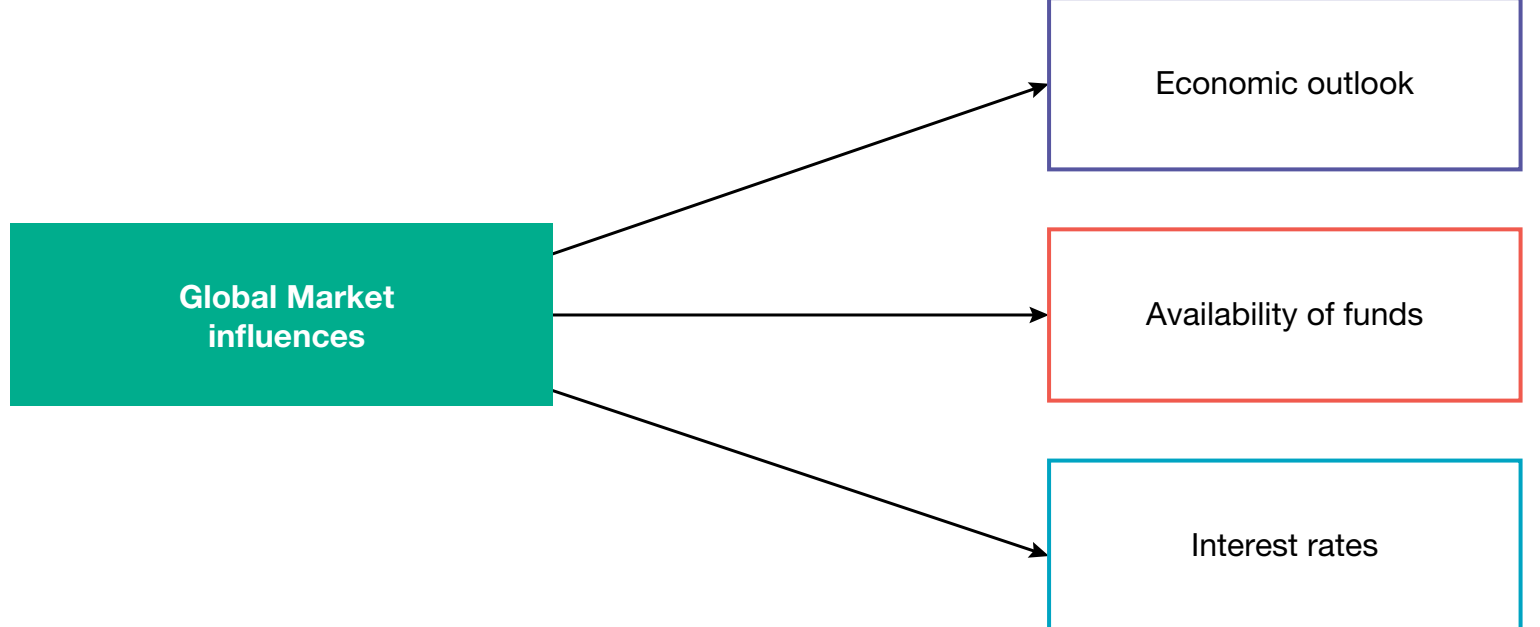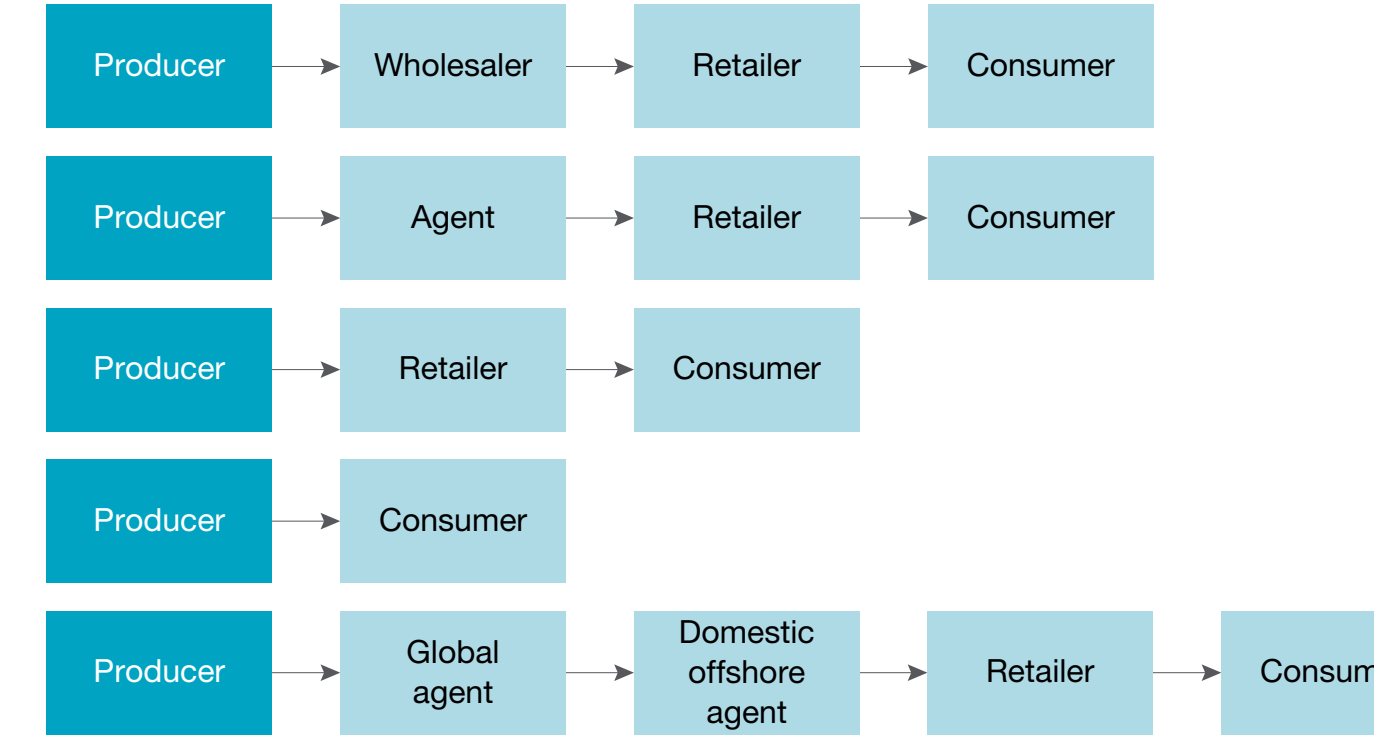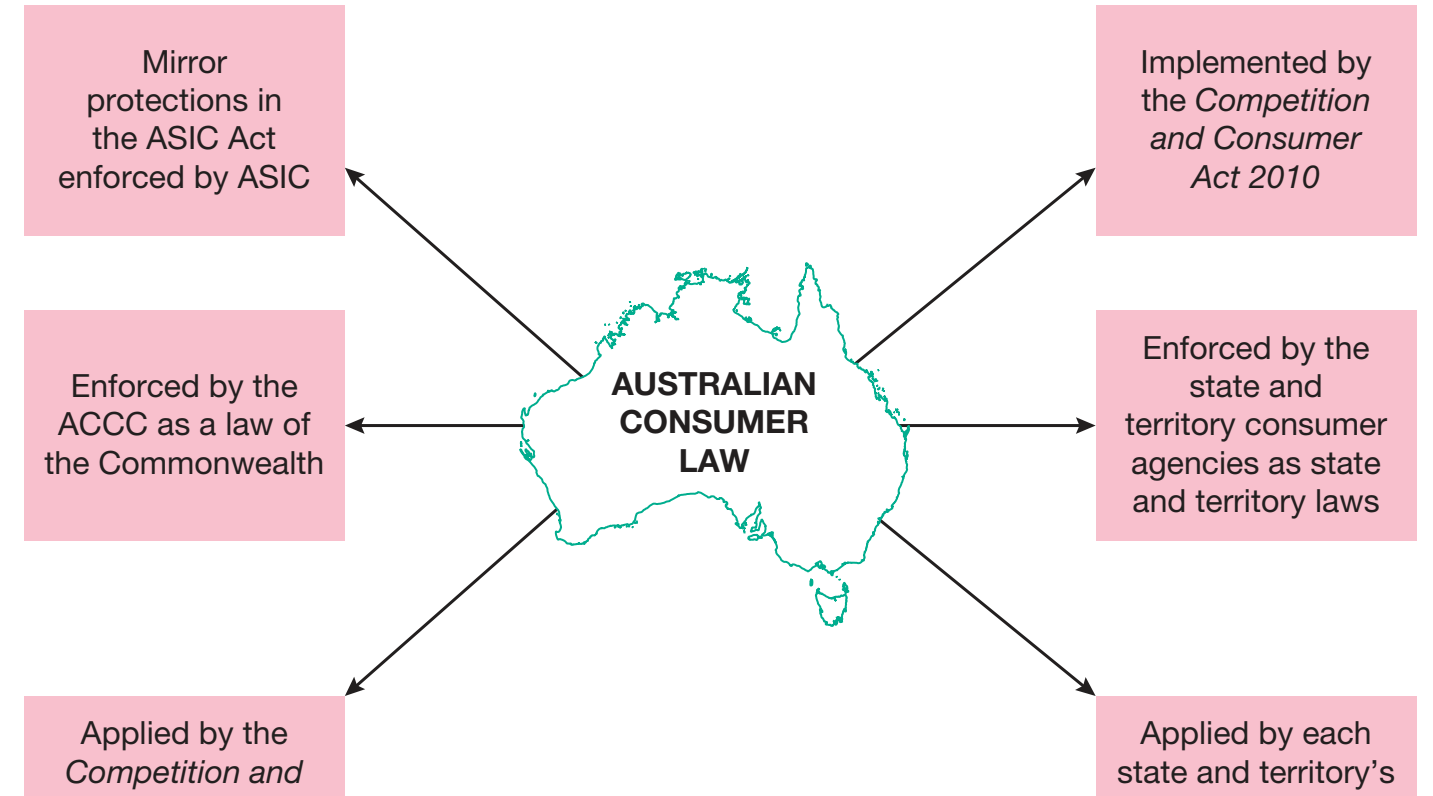Photo AI
Last Updated Sep 24, 2025
Rural Pricing Ethics Simplified Revision Notes for NSC Business Studies
Revision notes with simplified explanations to understand Rural Pricing Ethics quickly and effectively.
220+ students studying
Rural Pricing Ethics
Overview of Pricing Challenges
- Rural areas encounter distinct pricing challenges compared to urban settings.
- Lower Population Density: Results in higher prices per unit due to reduced demand.
- Expansive Areas: Elevate transportation costs, influencing pricing frameworks.
- Employ comparative statistical data to highlight urban versus rural disparities.
Introduction to Factors
- Unique Pricing Factors: Pricing in rural locations is affected by distinct elements compared to urban counterparts.
- Significance for Strategy Development: Grasping these elements is vital for crafting equitable pricing strategies.
Geographic Isolation and Economic Constraints
-
Transportation Costs:
- Geographic Challenges such as unpaved roads and considerable distances markedly increase fuel and logistical expenses.
- Example: In remote regions like the Scottish Highlands, costs can double.
-
Extended Distances lead to increased transportation costs, resulting in elevated goods pricing.

Description of Supply Chain Costs
-
Increased Rural Supply Chain Costs:
- Smaller shipment volumes lead to higher per-unit costs.
- Reduction strategies include bulk purchasing or shared transportation.

Limited Competition and Its Implications
-
Limited Competition can escalate prices due to reduced consumer options:
- Monopolistic Pricing may ensue, resulting in a few businesses controlling pricing.

Reflect: Examine high prices in areas with few stores to understand their cause.
Socioeconomic and Ethical Impacts
Economic Disadvantages
- High Operational Costs inhibit local business development.
- Cumulative Effects: A worsening cycle of financial strain that is challenging to reverse.
Cumulative Effects: Accumulating impacts that escalate initial conditions over time.

Social Responsibility and Impact
-
Exploitative Pricing Impact: Possibility to intensify poverty and community difficulty by raising essential goods prices during crises.

Community-Driven Solutions
- Community efforts can effectively lower costs and engage local populations.
- Grassroots Initiatives: Such as co-ops have demonstrated a 15% increase in market participation.
Region B's initiatives resulted in notable advancements, indicated by a 15% increase in local market engagement.
Illustrative Case Studies
- Fair Pricing Examples:
- FarmFresh Corp. applies strategies leading to a 25% increase in consumer satisfaction, underscoring the advantages of fair pricing practices.
Fair Pricing enhances trust, boosts business growth, and stabilises markets.
- Negative Pricing Examples:
- The case of Somerset demonstrates market failure due to unethical pricing by MarketMart, which reduced access to goods.
Steps to correct unethical pricing include transparency and strategy revisions.
Ethical Frameworks and Regulatory Roles
Fairness in Pricing
- Definition: Fairness comprises transparent, necessary, and reasonable pricing.
Fairness in Pricing:
- Guarantees prices are clear and justified.
Regulations and Compliance
-
Consumer Protection Acts:
- Designed to ensure transparency and fairness.

Government Oversight:
- Routine inspections deter unethical practices.
Role of Community and Advocacy Groups
- Local advocacy groups significantly impact rural pricing by informing consumers of their rights and encouraging fair practices.

Strategies and Methods in Use
Cost-plus Pricing
Cost-plus Pricing: A pricing model that includes cost and a markup, effective for achieving transparency.
-
Formula:
-
Worked Example: A rural shop purchases inventory at £100. With a markup of 25%, the selling price would be:
This transparent approach shows customers that the markup is reasonable given the shop's location and operational costs.
Apply cost-plus pricing principles to ensure transparency in markets, thereby increasing consumer confidence.
Questions with Solutions
-
Question 1: What prevention strategies could have mitigated MarketMart's challenges?
Solution: MarketMart could have implemented community consultation before setting prices, transparent cost breakdown displays, tiered pricing for essential vs. luxury goods, and collaborative transport arrangements with other retailers to reduce costs.
-
Question 2: How might ethical pricing practices improve local economic conditions?
Solution: Ethical pricing stimulates local economy by increasing purchasing power, encouraging more frequent local shopping, reducing travel costs to distant centres, allowing funds to circulate within the community, and building consumer trust which supports business sustainability.
Term Definitions:
- Fair Pricing: Reasonable and involves transparency and community participation.
- Ethical Pricing: Ensures non-exploitative and morally acceptable practices.
500K+ Students Use These Powerful Tools to Master Rural Pricing Ethics For their NSC Exams.
Enhance your understanding with flashcards, quizzes, and exams—designed to help you grasp key concepts, reinforce learning, and master any topic with confidence!
220 flashcards
Flashcards on Rural Pricing Ethics
Revise key concepts with interactive flashcards.
Try Business Studies Flashcards30 quizzes
Quizzes on Rural Pricing Ethics
Test your knowledge with fun and engaging quizzes.
Try Business Studies Quizzes9 questions
Exam questions on Rural Pricing Ethics
Boost your confidence with real exam questions.
Try Business Studies Questions27 exams created
Exam Builder on Rural Pricing Ethics
Create custom exams across topics for better practice!
Try Business Studies exam builder54 papers
Past Papers on Rural Pricing Ethics
Practice past papers to reinforce exam experience.
Try Business Studies Past PapersOther Revision Notes related to Rural Pricing Ethics you should explore
Discover More Revision Notes Related to Rural Pricing Ethics to Deepen Your Understanding and Improve Your Mastery
96%
114 rated
Unethical Business Practices
Sexual Harassment in Business
352+ studying
190KViews